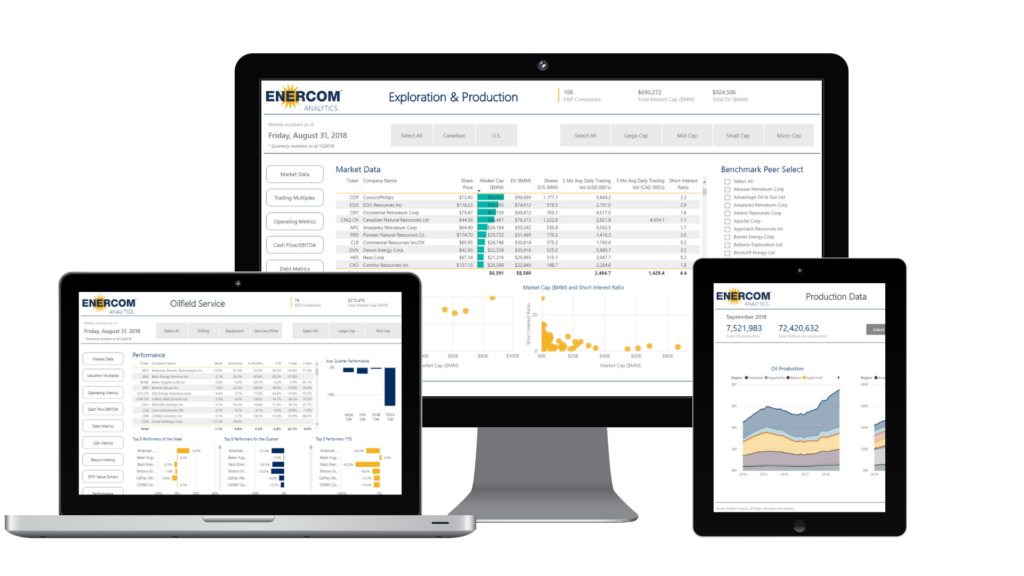(Oil & Gas 360) – Apparently looking not to be outdone by two U.S. senators urging legislation to prioritize five critical minerals, Arizona Senator Kyrsten Sinema and Utah Senator Mike Lee introduced the Critical Mineral Consistency Act in the U.S. Senate to streamline permitting for critical mineral mining projects with a particular focus on copper.
Arizona and Utah are the biggest copper-producing states in the country, and New Mexico and Nevada are also strongholds of copper production.
The proposed legislation follows earlier bipartisan legislation from Senators John Hickenlooper (D) of Colorado and Thom Tillis (R) of North Carolina to promote the National Critical Minerals Council Act, which focuses on rare earth minerals, lithium, cobalt, nickel, and graphite.
The U.S. has become increasingly reliant on copper imports, with net imports rising from a third in 2018 to nearly half today. China, Russia, North Korea and Iran account for half the world’s refined copper production outside the U.S.
Chile and Peru are the top copper production countries in the world. After the Republic of Congo, China and the U.S. round out the top five. The U.S. produces about one-fifth the copper Chile does.
Unlike the emerging importance of minerals such as lithium, cobalt, and nickel, which is driven by the batteries and energy storage needs from emerging markets like electric vehicles, copper has been a mainstay in building electrical components since 1881, when Thomas Edison established the first public electric supply station in Pearl Street, New York.
As of this writing, the mineral is being sold for about $4.00 a pound; it was as high as over $5.00 earlier this year. Prices for lithium have been down 75% recently, and prices for nickel, cobalt, and graphite are all down an average of 35-40% as well.
The long-term projections for copper are expected to be one of strong demand as population and economic growth drive infrastructure upgrades, public policy pushes towards electrification, and the staggering projected electrical needs of cloud computing and Artificial Intelligence.
The proponents of the legislation site regulatory inefficiency rather than supply as the reason behind the country’s growing imports.
Streamlining projects include adding the mineral to the official list of critical minerals defined by the U.S Geological Survey, making copper projects eligible for the Fast-41 permitting process for federal environmental reviews under the Director of the Federal Permitting Improvement Steering Council (FPISC). The Senators have made a similar appeal to the Department of Interior run by Deb Haaland of New Mexico.
S&P Global, in research titled Mine Development Times: The U.S. in Perspective, found that it takes an average of 29 years for a mineral mine in the United States to begin development that is the second longest time frame in the world trailing only Zambia.
Some of the biggest miners of the world with operations in America’s copper producing states include Freeport McMoRan, Rio Tinto, Southern Copper Corporation, and BHP.
By Jim Felton for oilandgas360.com



